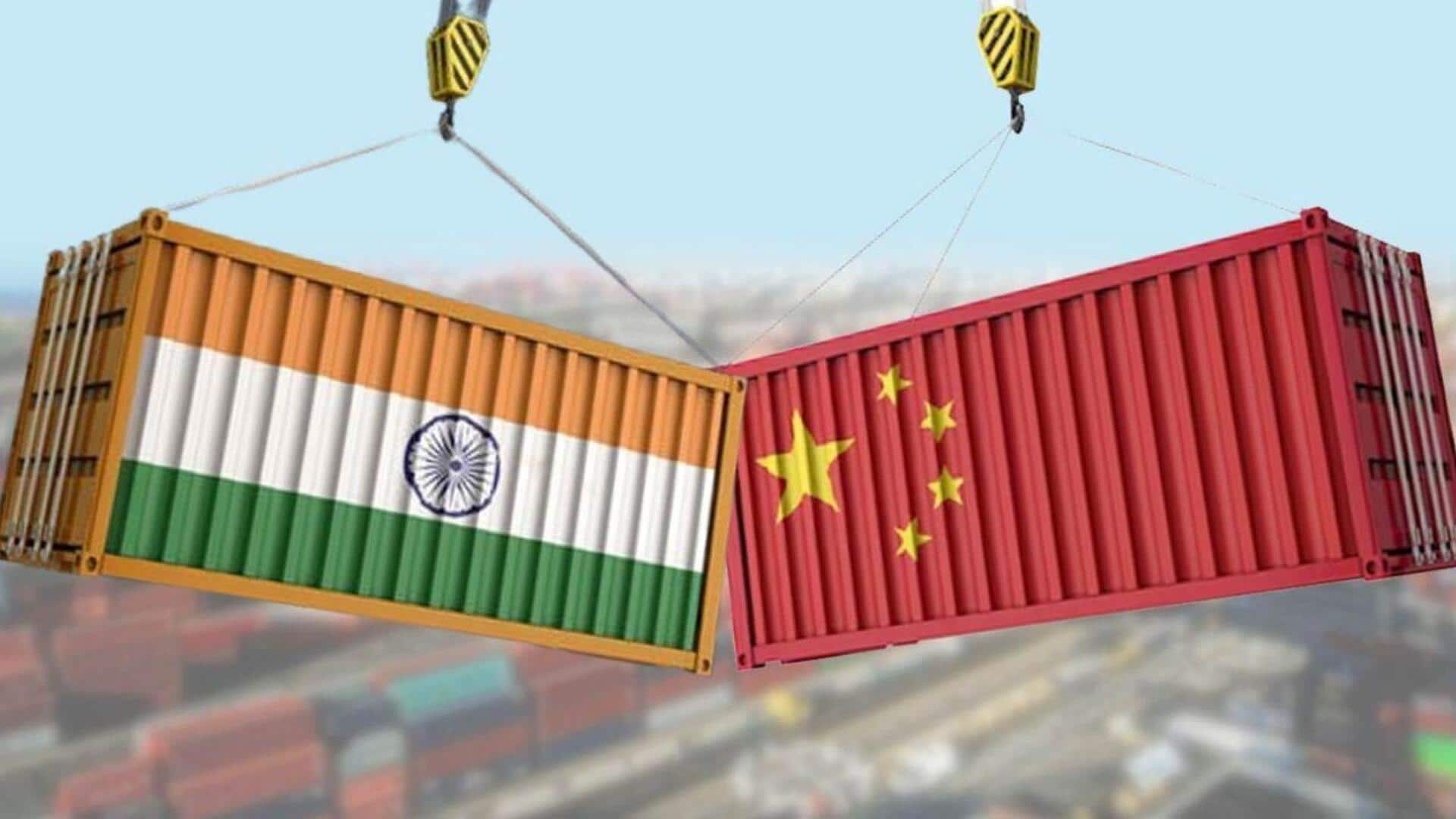
Study flags $161B export gap in India-China trade
What's the story
A recent study by the Indian Council for Research on International Economic Relations (ICRIER) has highlighted a huge trade imbalance between India and China. The report estimates India's untapped export potential to China at a whopping $161 billion, nearly 10 times its current export value. The study was conducted by Professor Nisha Taneja and her team, and it raises three major questions about India's economic engagement with China.
Key questions
Study answers 3 key questions
The ICRIER study seeks to answer how India can boost and diversify its exports to China, reduce its import dependence on the country, and increase Chinese foreign direct investment (FDI) into India with suitable guardrails. It notes that 74% of India's untapped export potential is in medium to high-tech sectors. This is a stark contrast from the current export composition, which mainly consists of primary and resource-based sectors.
Strategy recommendation
Recommendations for boosting exports to China
The ICRIER study recommends that India adopt an export diversification strategy and target high-potential items such as telephone sets, aircraft, turbojets, motor vehicle parts, and photo-semiconductor devices. However, it also notes that India's additional export potential with China has been limited by a number of tariff and non-tariff barriers. To tackle these market access barriers, the study suggests setting up a joint task force between India and China.
Import concerns
Need to promote targeted Chinese FDI in manufacturing
The study also highlights India's heavy reliance on Chinese imports, especially in intermediate and capital goods. However, it says complete decoupling is unrealistic due to China's deep integration into global value chains. Instead, it recommends India to promote targeted Chinese FDI in manufacturing under the Production Linked Incentive (PLI) scheme. This should be done especially in high-dependence sectors like electronics, automobiles, and pharmaceuticals.
Import strategy
Sourcing from more competitive suppliers
The study also recommends that India cut down uncompetitive imports by sourcing from more competitive suppliers, such as Vietnam, South Korea, and the UAE. These countries offer lower prices than China for many products. India's uncompetitive imports mainly consist of machinery, electronics, and chemicals worth nearly $30 billion. They make up about two-thirds of the import value of the top 50 products.
FDI review
Time to revisit Press Note 3
The study also suggests that it's time for India to revisit Press Note 3, which mandates prior government approval for FDI from countries sharing land borders with India. It recommends establishing guardrails such as restricting FDI in sensitive sectors while encouraging inflows in non-strategic areas with strong safeguards. A central inter-agency committee can streamline approvals and manage security risks, the study says.